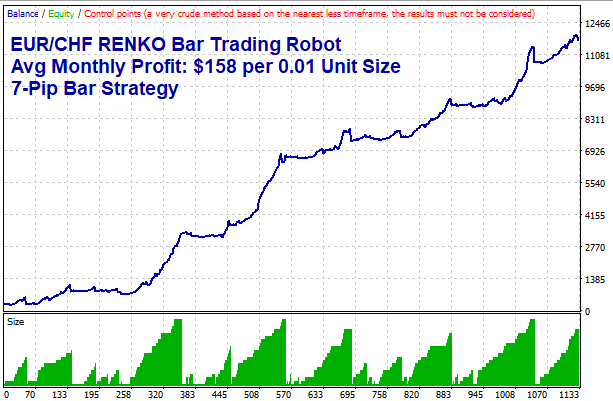
A genuinely representative selection of stocks must be included in the historical data collection, including those of firms that ultimately went bankrupt, were sold, or were liquidated. As a result, it is easier to determine if the backtest findings are a fluke or the result of sound trading. The ideal backtest selects data from a similar time span with a length that represents a wide range of market conditions. The trader could then perform a backtest to see which moving average lengths worked best on historical results. The lengths of the two moving averages used in the scheme could be input (or changed) by the trader. The simple moving average (SMA) crossover method is an example of this. User-defined input variables may be incorporated by the programmer, allowing the trader to "tweak" the system. Typically, this entails a programmer converting the concept into the trading platform's proprietary language. Some traders and investors may seek the help of a skilled programmer to turn their concept into a testable product. Backtesting is possible as long as a trading concept can be quantified. Backtesting is used extensively to prove the value of particularly complicated trading techniques, such as those introduced by automated trading systems, since they are too arcane to analyze otherwise. A well-conducted backtest that yields suboptimal results, on the other hand, can cause traders to change or reject the strategy. A successful backtest tells traders that the technique is inherently sound and will undoubtedly produce profits when applied in the real world.


If backtesting proves to be successful, traders and analysts might be more willing to use it in the future.īacktesting helps a trader to model a trading strategy by generating outcomes and analyzing risk and profitability using historical data before risking any real money. Backtesting is a method of determining the feasibility of a trading strategy by examining how it will perform in the real world using historical data. Backtesting is a technique for determining how well a plan or model would have performed if it had been implemented after the fact.


 0 kommentar(er)
0 kommentar(er)
